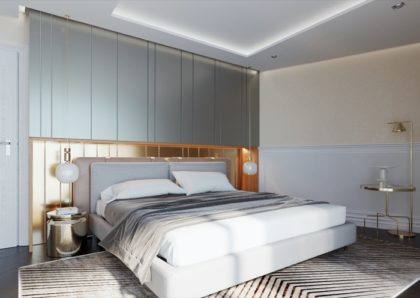
Users also get new options for randomising tiling of textures, helping to break up repeating patterns and for randomising texture mapping settings across objects or instances in a scene.īlendLuxCore 2.5: OptiX viewport denoising and light group editingĪs well as the new features in the core renderer, Blender users get support for render denoising via Nvidia’s GPU-based OptiX denoiser in viewport previews as well as final-quality output. There are also new wireframe and distort textures, the latter used to distort one texture map with another and a new texture bombing option to distribute a stencil map randomly across a surface. The release also introduces two new material types: a two-sided material, and a holdout material to help composite 3D elements rendered in LuxCoreRender into photographic backplates. LuxCoreRender 2.5: material and texture updates There are also new 180° and 360° stereo cameras for rendering virtual reality content. Other rendering changes include a finer-grained set of AOVs for diffuse, glossy and specular reflections, making it possible to separate out reflected and transmitted light, as well as direct and indirect lighting. The engine also now supports non-uniform distributions for Bokeh effects, including those based on custom images and the option to stretch Bokeh effects horizontally or vertically to mimic anamorphic lenses. The resulting speed boost scales with scene complexity, with the release notes citing an 18% speed increase on a scene with 4 million triangles, and a 604% increase on a scene with 10 million triangles. LuxCoreRender 2.5 is a pretty wide-ranging update, but arguably the biggest change is support for hardware-accelerated ray tracing on current-gen Nvidia RTX GPUs. LuxCoreRender 2.5: RTX-accelerated ray tracing, better Bokeh effects, and new stereo cameras The 2.0 release also reduced the number of DCC tools into which the renderer is integrated: whereas LuxRender used to have plugins for a range of apps, LuxCoreRender initially only supported Blender. It’s a physically based render engine with a range of production features and, as of LuxCoreRender 2.0, supports hybrid C++/OpenCL rendering on CPUs and GPUs.
#Reality luxcorerender update
The update also reintroduces the renderer’s 3ds Max integration plugin, with an early access build, MaxToLux 0.8, available to download alongside the software itself.Ī hybrid CPU/GPU unbiased render engine, formerly known as LuxRenderįormerly known as LuxRender, LuxCoreRender was rebooted in 2018 with a change of name, a new project website, forum and online documentation. The release also adds new stereo cameras for rendering virtual reality content, support for custom Bokeh effects, holdout and two-sided materials, and new options for randomising texture tiling and mapping.īlender integration plugin BlendLuxCore gets support for OptiX viewport denoising and a light group editor.

#Reality luxcorerender free
Maybe as a newbie and startup I should even start with an open source or free render application unless Indigo is really worth the buck.The LuxCoreRender team has released version 2.5 of the open-source physically based renderer, adding support for hardware-accelerated ray tracing on Nvidia RTX GPUs. As I am quite new to 3D stuff I am wondering which render tool I can best use to render the lamp designs I make in Fusion.

Is it possible to render a design made in Fusion directly in Indigo? If I understood it correctly you only use Blender as step in between for modelling changes or additions that Fusion doesnt handle. Part of it must be due to my ample experience, but I am also pretty sure that i need a better render tool to achieve the desired result. I can’t get the glass and liquid to conduct and emit light. I am running into the limits of Fusion’s rendering capabilities when trying to render a realistic lava lamp.

I read about your workflow of Fusion360>Blender>Indigo. I got here because in the past year I have seen your name in many reactions on many Fusion360 questions I ran into when learning the software. You’ll throw in a free riddle for the same price then 😉 Amazing work, both the real thing and the 3D work! By the way, if you ever get into IP issues with the name of your lamp just call it The Famous Drummer Lamp, or Trippy Ringo perhaps.


 0 kommentar(er)
0 kommentar(er)
